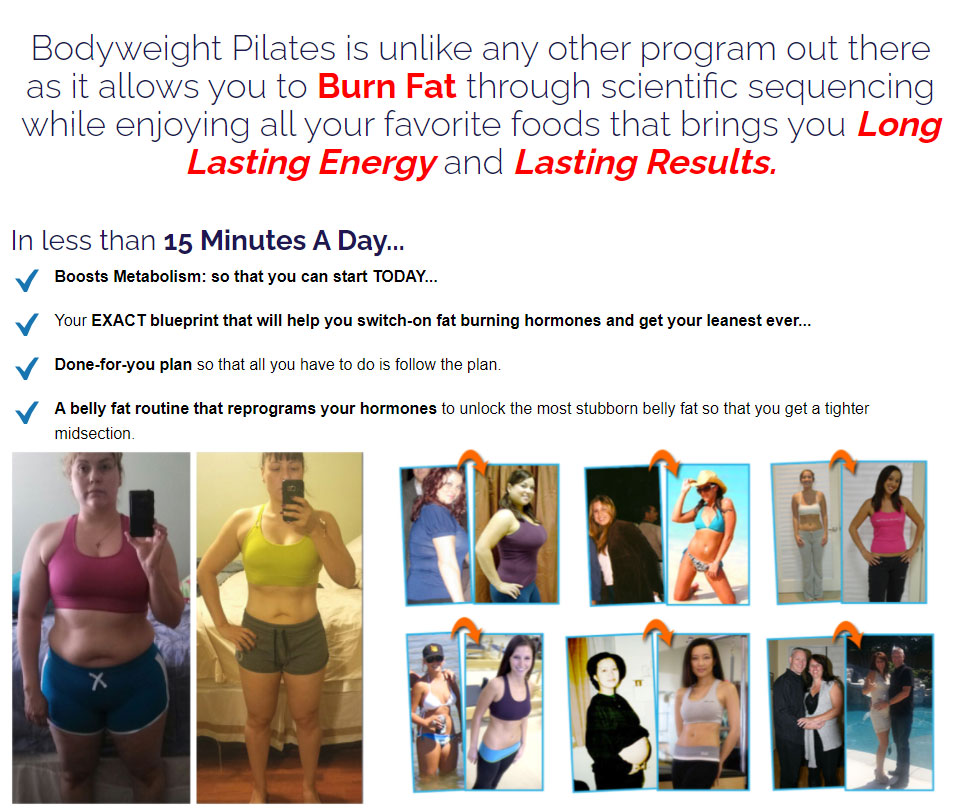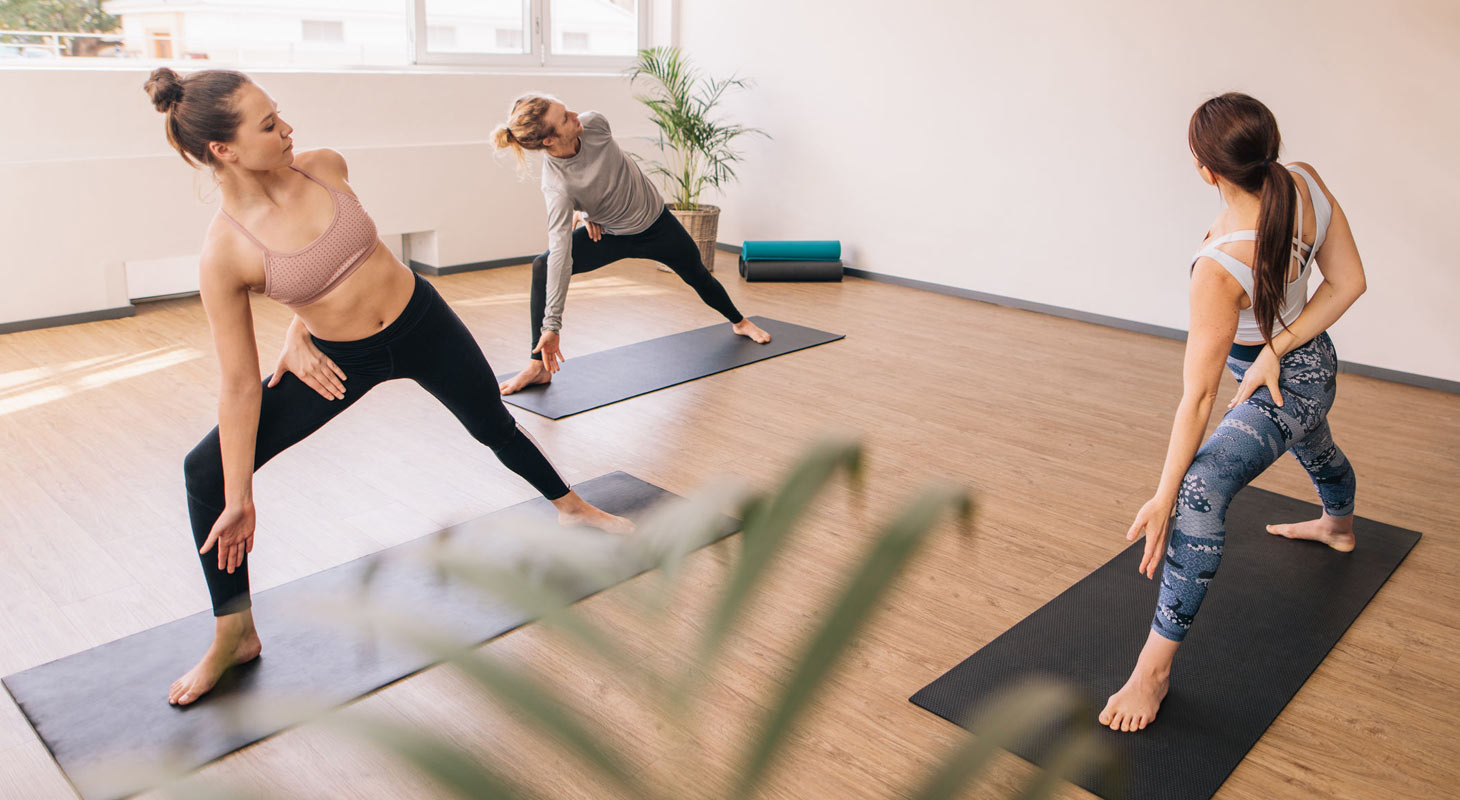Pilates or yoga
At a time when wellness is in vogue, two disciplines have managed to make their way into our lives: yoga and pilates. Although both are very popular, they are nonetheless different. Of course, they do have one thing in common: they bring proven benefits to the body and the organism.
Working on flexibility, rebalancing the posture, improving sleep, managing stress or getting back into shape: everyone practices yoga and pilates for different reasons. But how to choose? In this article, you will discover the specificities of each of them, which will allow you to make the right choice!
Understanding Yoga and Pilates: Concept and Definition
Here are the main characteristics of the two disciplines highlighting how they work and their benefits.
Yoga, what is it?
Concretely, it is a discipline originating in India and dating back more than 5,000 years. Moreover, the word "yoga" comes from Sanskrit and literally means "union" and/or "resting". Quite simply, it is a discipline that is inspired by sacred texts from the yoga-sutra, written by the second Patanjali (~200 years BC). So much for the theoretical part!
In practice, yoga is mainly used to relax the body and mind. Comfortably installed on a yoga mat, on the floor, the idea is to realize a series of postures and exercises, more or less easy to perform. In this way, you learn to breathe better, control your stress and regain harmony of body and mind. The 3 fundamental principles of yoga are: meditation, breathing and relaxation.
Did you know that today, yoga is considered an alternative medicine? Indeed, its natural benefits on the body are recognized and have been growing in popularity in France and around the world for several years. Its accessibility to everyone gives it an undeniable advantage over other practices, because even the elderly can practice yoga. However, there are several types of yoga.
What are the benefits of yoga?
Note that there are an almost unlimited number of variations of yoga, most of which can be adapted to the physical condition of the practitioner. A pregnant woman will not do the same postures as an elderly person or at the same pace (dynamic or soft/calm).
To name a few, here is a list of the main benefits of yoga:
• Improve its flexibility,
• Boost your energy,
• Lose weight,
• Learn how to breathe properly,
• Relieve back pain and/or strengthen your balance,
• Increase self-confidence,
• Reduce stress and anxiety,
• Improve concentration,
• Get a better quality of sleep,
• Be lively and in a good mood...
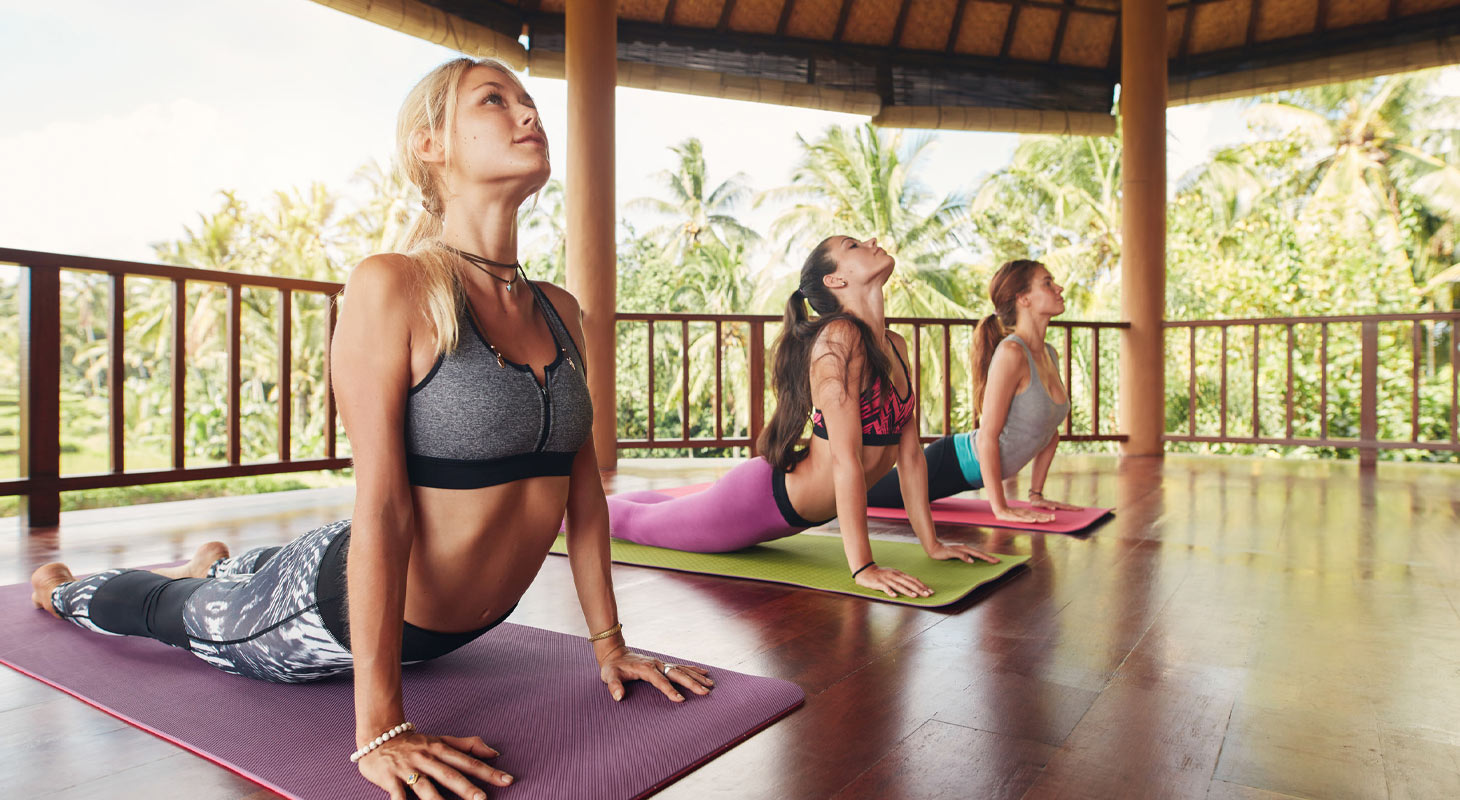
And now, pilates, what is it?
Simply put, the discipline combines gymnastics, dance and is inspired by yoga. To begin, you only need very little equipment, just a mat, but it is quite possible, as the exercises progress, to use objects such as a ball, a spring, elastics... Compared to yoga, pilates is a very recent sport, since it was "invented" only around the 1920s, by a sports and human body enthusiast: Joseph Pilates. For the record, it is the stretching of wild animals and the gestures of great athletes (associated with yoga) that inspired the creator of this sport.
This method mainly offers deep muscle building, a better natural posture, physical harmony and better joint mobility to shape the body. Typically, it is intended for anyone who wishes to refine and strengthen different parts of the body (especially the abdominals and back).
Only downside, the discipline sometimes requires sports equipment and accessories that are difficult to have at home... This inevitably leads to an extra cost (compared to yoga) if you go through a coaching or a gym.
About the benefits of pilates!
As you may have already understood, pilates focuses mainly on the physical aspect while yoga also works on the mind. It also offers a number of health benefits through :
• An improvement of the body's posture,
• Deep muscle strengthening (helps relieve back pain, tightens the abdominal belt and strengthens the body)
• An overall relaxation of the so-called "motor" muscles (hamstrings, the back of the thighs ...),
• A better control of oneself and gestures,
• A massage of the internal organs,
• Better blood circulation,
• A decrease in injuries and/or muscle imbalances,
• A harmonization of the muscles of the body
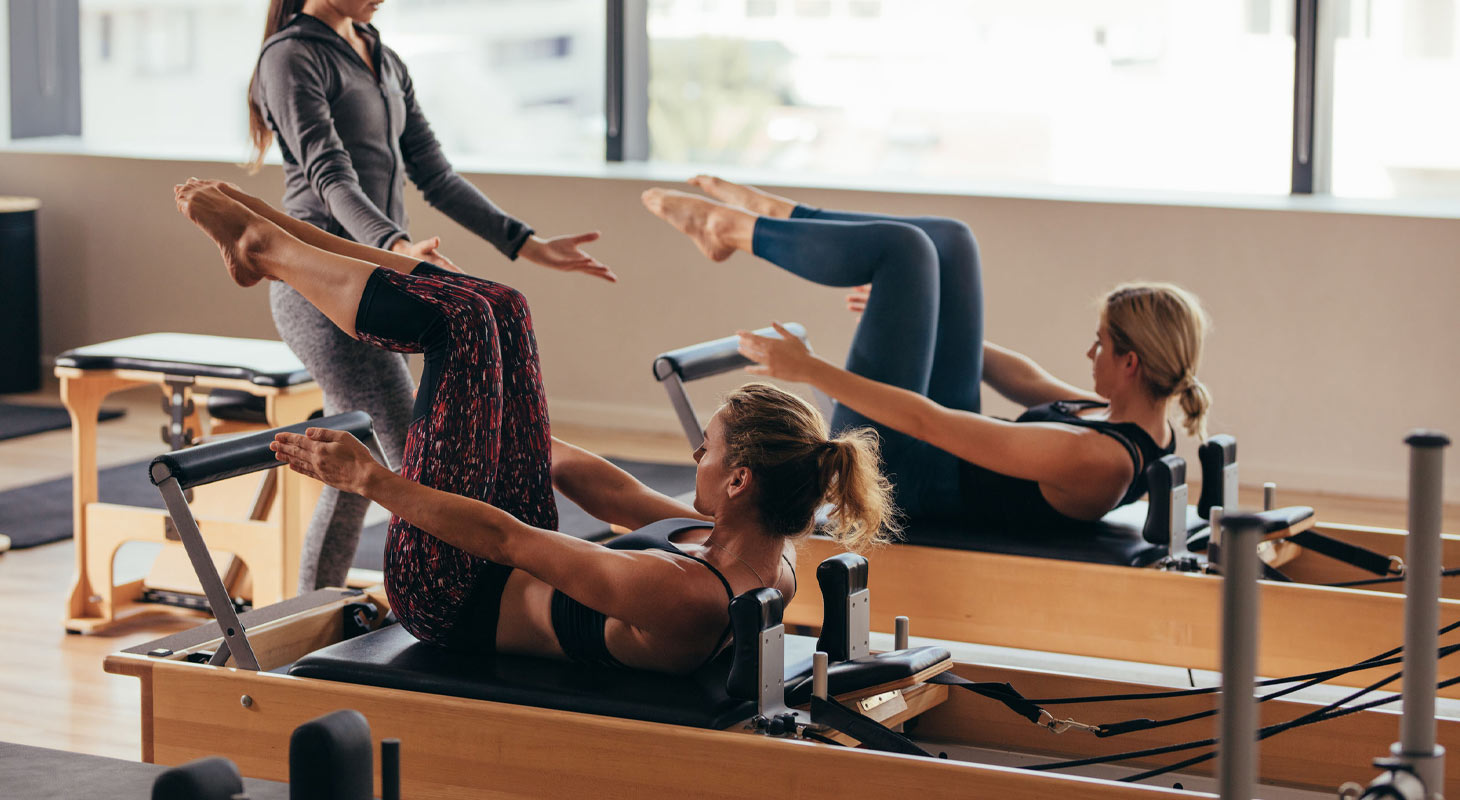
What are the differences between the practice of yoga and pilates?
You are interested in yoga and pilates, but can't decide on a final choice. Even you don't know - or vaguely know - the difference between these two practices. Here are some notable differences, so you can make a decision. However, you have to start by defining your objectives!
What are your goals?
Choosing between yoga and pilates may seem complicated at first glance, but it's not that complicated. In fact, the reason you want to start a physical activity will help guide your choice. For example, yoga works more on mind and concentration than on physical performance. In fact, body and mind are treated as one. In contrast, Pilates focuses on more advanced postures, such as strengthening deep muscles and rebalancing the spine and pelvis.
So if you want to develop your strength, flexibility and balance, Pilates is for you! On the other hand, if you prefer to reconnect with yourself, learn to breathe better and find "inner peace", then yoga is for you.
Both practices are very useful in rehabilitation after an injury or accident, for example. And even then, they remain quite different, since :
• Yoga is most effective in therapy to relieve moral and/or emotional suffering.
• Pilates helps to reduce pain and promote a quicker recovery from physical injuries. It is also very useful for regaining proper motor skills.
The main difference between yoga and pilates
Let's get straight to the point: Pilates is clearly not a "spiritual" discipline. The main purpose of pilates is to help the body develop a deeper and more intense physical capacity. It requires concentration, certainly, but much less concentration than yoga. And for good reason, yoga also takes into account the meditation and breathing aspect. It is not just a simple sequence of postures. Some even say that it is a philosophy of life, a way of life and a state of mind (originally it was considered as such). It is about visualizing the body and mind through an inner awareness.
An important, but different breathing!
The only common point between these two practices is that it is at the heart of the training process. It is, however, different for both. Indeed, to practice Pilates correctly, it is necessary to perform a breathing movement at the same rhythm as the exercises. Also present in yoga. However, the breathing in Pilates is precise: you breathe in through your nose and out through your mouth.
However, in yoga, breathing is only done through the nose, and even deeper, since it is a deep inhalation and exhalation through the belly.
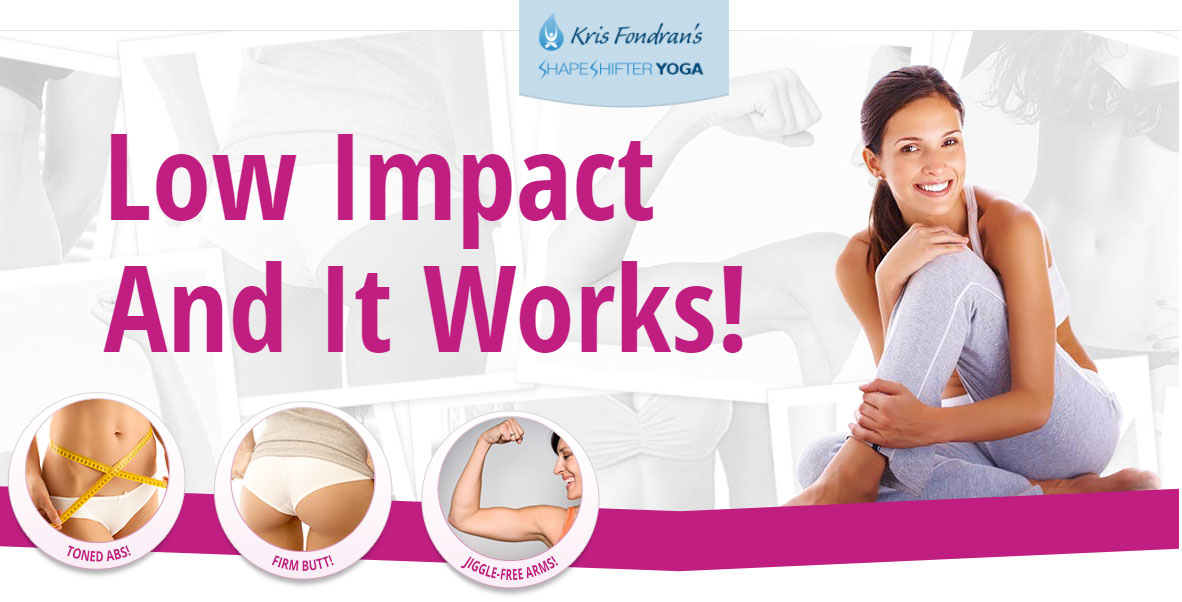
Specific exercises and different movements
Same remark as before, each method has its own exercises, but the way to perform the movements is still opposite. To simplify, yoga requires specific postures to be performed one after the other, one after the other, without interruption, i.e., with no downtime between each exercise.
The practice of pilates, on the other hand, differs slightly since it requires repeating the exercises several times. It is called a "series". Each of these series is interspersed with a pause, in order to adjust your body and to make sure that you are working the right muscle and the right area.
Accessories & materials!
Carpet and comfortable outfit. To start, that's all you need! As well for yoga as for pilates. The difference is in the more developed and advanced exercises, as they require slightly more bulky accessories such as a ball, elastics, angles, a "magic circle"?
Also note that there are variations of yoga that do not require any equipment or clothing, such as eye yoga or back stretching. These exercises and postures allow people who work all day at a desk to stretch and release the tension that is created when sitting for long periods of time. If this is the case for you, ask around, as you may be surprised at the effectiveness of the movements and stretches.
Why not try both disciplines?
The best solution is still to try both practices by yourself. This way you can judge whether you prefer the softness and calm of yoga or the intensity and power of pilates.
At home
First tip, try it directly from home! You will discover, at your own pace, and without complex or judgment, the practice of yoga and pilates. There are many videos on the Internet to help you understand and apply the different exercises, to practice without danger or risk of injury. Obviously, the result will be less important than if you were practicing in a group class, with a teacher, but it will give you a good general idea.
Make yourself a space dedicated to practice, in a quiet place and during your free time. This will give you the opportunity to start in good conditions. Settle down with the mat on the floor and warm up, if you feel the need, by stretching your whole body.
On the negative side, you will soon be limited by pilates, as some exercises requiring equipment and machinery will be difficult to perform. Few people have such equipment.
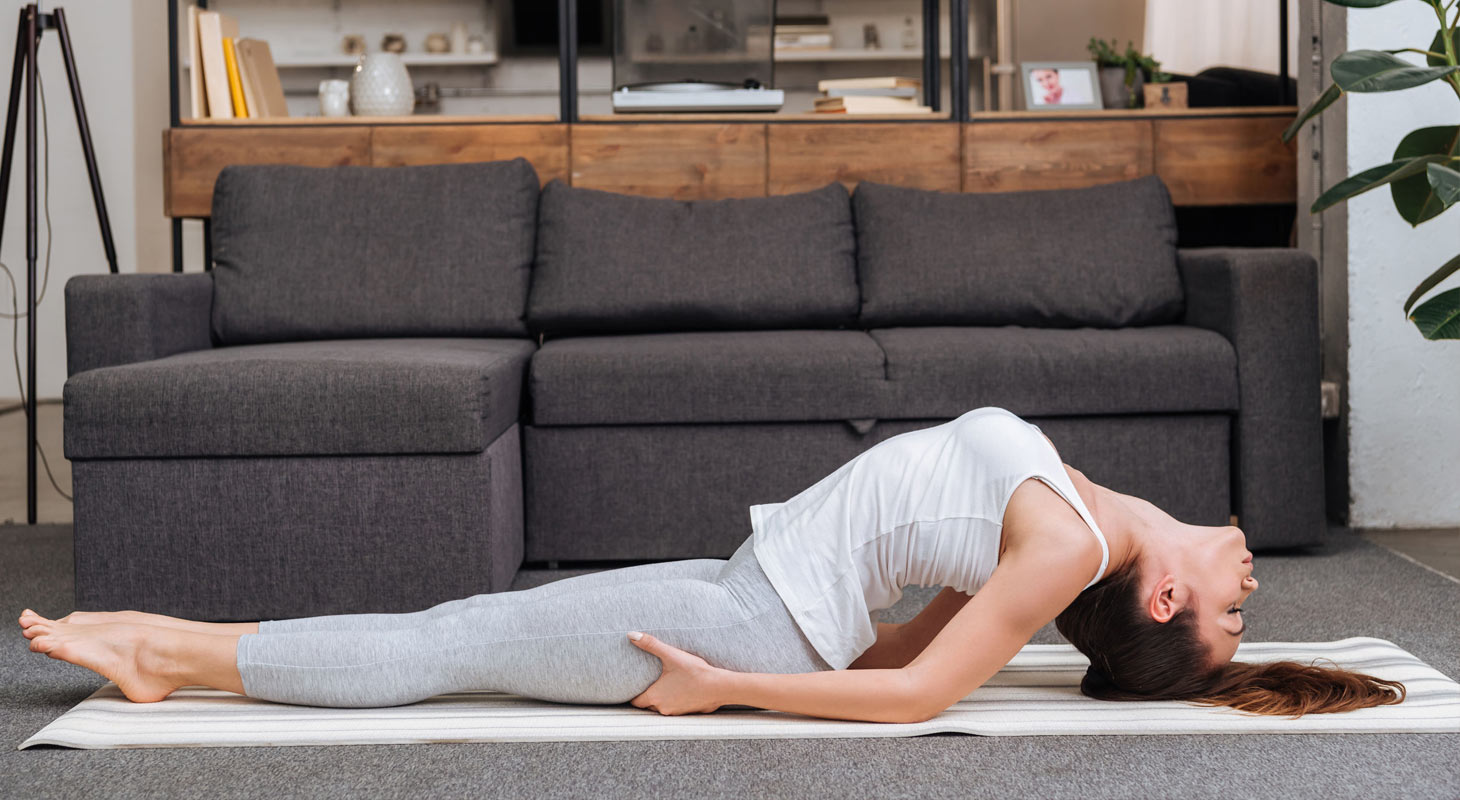
With a certified teacher and/or individual coaching
Second option, register for a group class with a certified teacher. To progress more quickly, this is probably the best thing to do. Let's not forget that, in the long run, practicing at home, often alone, is not very fun or even demotivating. There, at least, you can find the support of other participants, and even that of the professional. After a few simple searches on the Internet, you can easily find the different open sessions, close to your home. Compare prices and read the comments of previous students. That way, you will choose the one that seems best for you.
Similarly, you can discuss with a teacher before you sign up for one of his or her courses, to make sure that the course you sign up for is in line with your needs and goals. If necessary, you always have the possibility to ask for the help of an individual coach. At home or in a gym, he or she can guide you and help you reach your goal more quickly than in a group.
A new trend: Yogalates
Behind this rather strange name, there is actually an alliance between yoga and pilates. Roughly speaking, if you really can't make up your mind, there is this alternative, open to all the curious. Moreover, it is not reserved for the beginner since it allows you to discover yoga or pilates when you already practice one of the two disciplines.
If you like to strengthen your muscles, but you also want to work your mind and your inner self, don't hesitate to try this new practice. This way, you will soften your entire body while redesigning its silhouette, in the calm and serenity of a yogi meditation. The advantage is that you benefit from both the virtues of yoga and pilates. Very practical to optimize your time, act on your body and mind (stress reduction, gentle muscle strengthening, relaxing and intense physical activity at the same time...). To tell the truth, it's a good compromise!
Pleasure above all!
No matter what your final choice is, remember that you have to have fun first. This is the number one rule of sports activity. If you don't like what you are doing, you won't get anywhere... In short, yoga is a gentle activity, focused on inner feelings. It helps flexibility and concentration by mixing meditation, breathing and stretching postures. For a spiritual approach to sport, choose yoga instead.
Otherwise, pilates is mostly focused on developing and strengthening your deep muscles. Instead, it has a physical (and possibly psychological) advantage, including stress reduction, because the exercises are more intense and offer a quicker goal of success than yoga. Even if we must not forget that this is not a competition and that the basic philosophy is clearly not the same! So, yoga or pilates?
